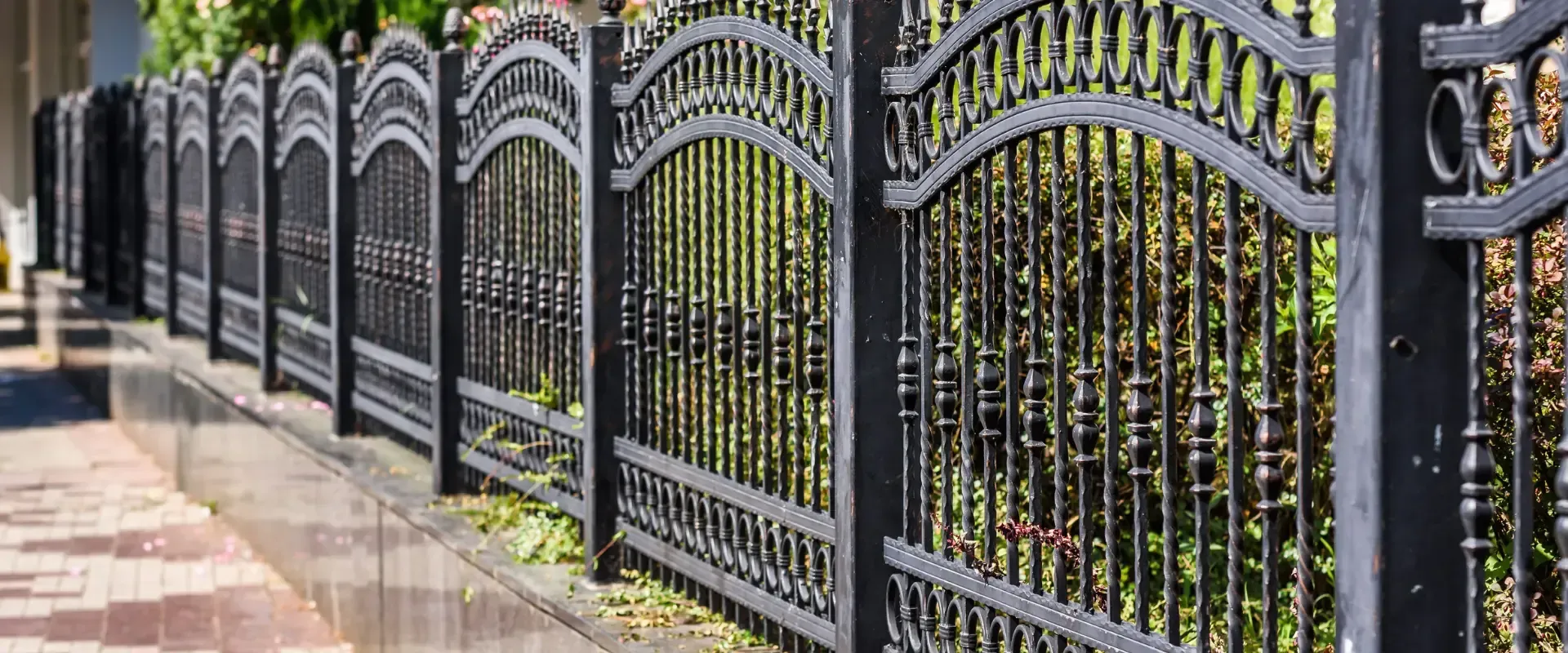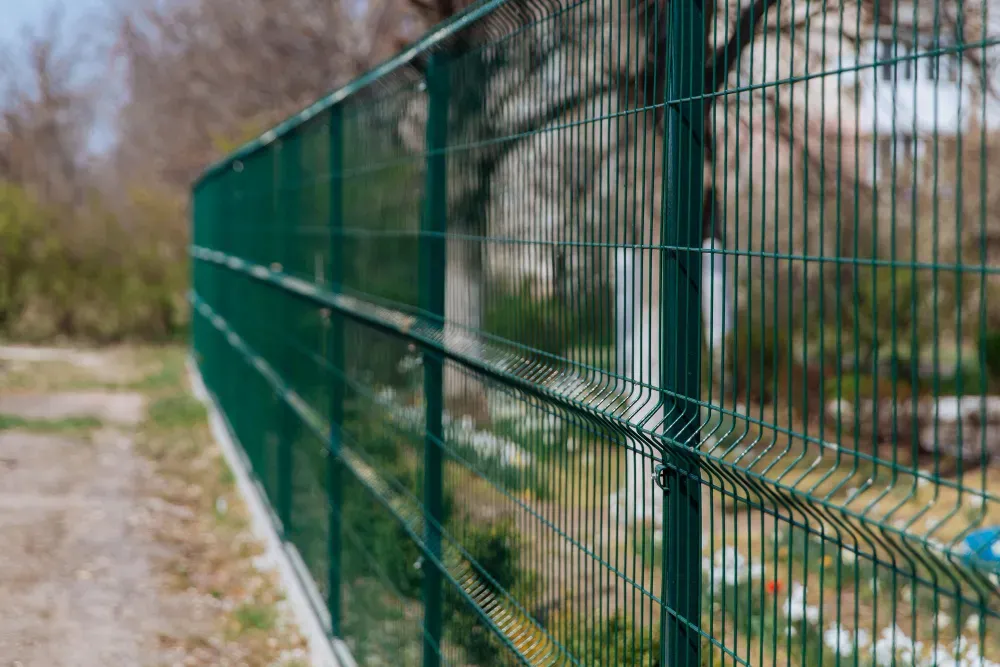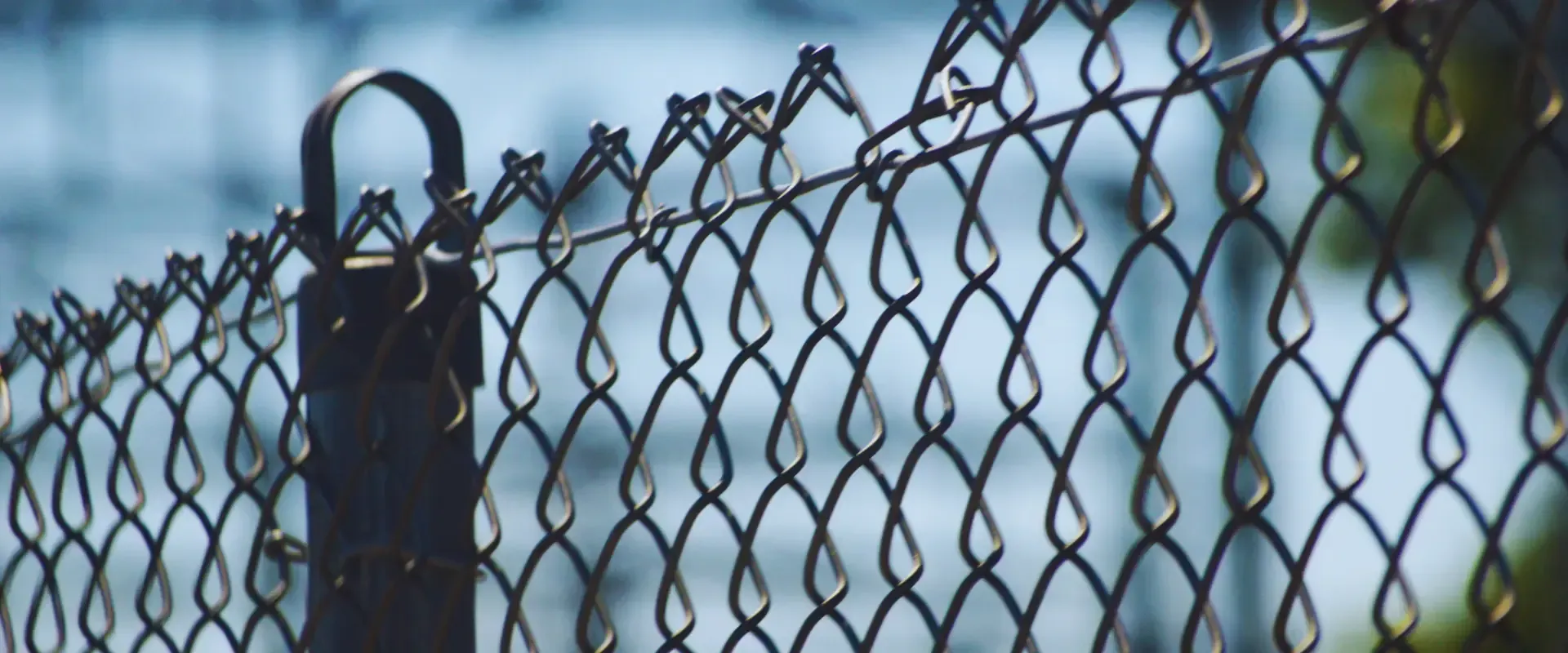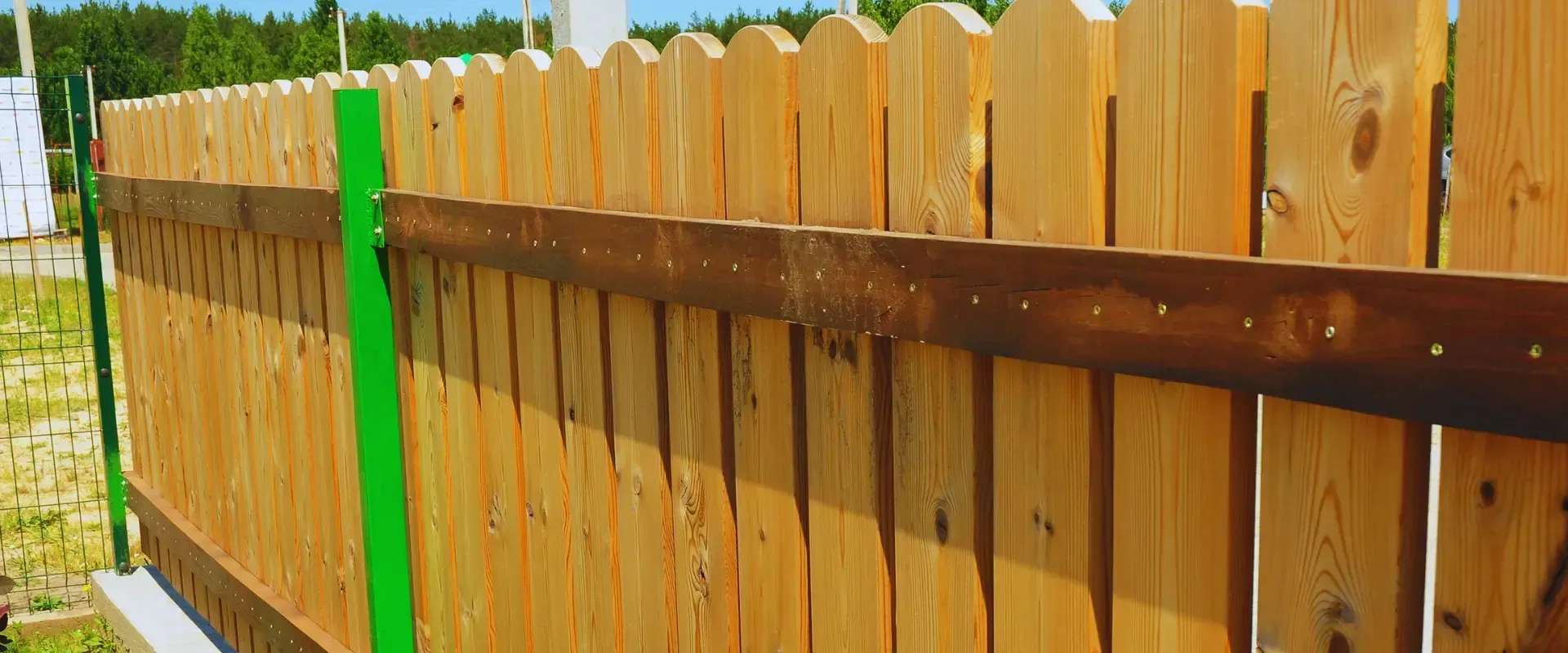Choosing the Perfect Fence for Your Home: A Complete Guide to Style, Security, and Durability!
Selecting the right type of fence for your home enhances security, privacy, and curb appeal. With numerous fencing options available, making the best choice can be overwhelming. This guide will help you navigate the different types of fences, their benefits, and how to choose one that best suits your needs.

Identify Your Fencing Needs
Before choosing a fence, determine its primary purpose:
- Privacy: Do you need a fence to block visibility from neighbors?
- Security: Are you looking for a barrier to keep pets or children safe?
- Aesthetic appeal: Do you want to enhance your property’s appearance?
- Durability: How long do you expect the fence to last?
- Noise Reduction: If you live in a noisy neighborhood, a solid fence can help reduce sound.
- Wind Protection: Some fences act as wind barriers, making outdoor spaces more comfortable.
Explore Different Types of Fences
There are various fencing materials, each with unique features and benefits:
1. Wood Fencing
- Classic and versatile
- Offers excellent privacy
- Can be customized with different styles and stains
- Requires maintenance to prevent rot and insect damage
- Can be designed in various forms such as picket, shadowbox, or lattice
2. Vinyl Fencing
- Low maintenance and durable
- Resistant to weather and insects
- Available in a variety of colors and styles
- More expensive upfront but long-lasting
- Does not warp, rot, or require repainting
3. Wrought Iron Fencing
- Elegant and decorative
- Provides strong security without blocking views
- Requires periodic maintenance to prevent rust
- Higher cost but adds long-term value
- Custom designs available for added uniqueness
4. Chain-Link Fencing
- Affordable and durable
- Provides security while maintaining visibility
- Minimal maintenance required
- Less privacy but can be enhanced with privacy slats
- Ideal for large properties or industrial settings
5. Aluminum Fencing
- Lightweight and rust-resistant
- Ideal for decorative and security purposes
- Requires little to no maintenance
- Not ideal for privacy needs
- Available in a variety of colors and finishes
6. Composite Fencing
- Made from recycled wood and plastic
- Resistant to rot, pests, and weather damage
- Low maintenance and eco-friendly
- More expensive than wood or vinyl
- Mimics the look of natural wood without the upkeep
7. Bamboo Fencing
- Sustainable and eco-friendly
- Provides a natural, tropical aesthetic
- Requires sealing to prevent mold and insect infestation
- Good for privacy but may not be as durable as other options
8. Stone or Brick Fencing
- Highly durable and weather-resistant
- Provides maximum privacy and security
- Requires professional installation
- More expensive but adds significant curb appeal
- Can last for decades with minimal maintenance
Consider Maintenance Requirements
Different fences require different levels of upkeep. If you prefer minimal maintenance, opt for vinyl, aluminum, or composite fencing. Wood fences, while aesthetically pleasing, demand regular staining or sealing to maintain their appearance and longevity. Wrought iron and bamboo may also require periodic care to maintain their look and durability.
Check Local Regulations and HOA Rules
Before installing a fence, check local zoning laws and HOA regulations:
- Height restrictions
- Approved materials
- Boundary requirements
- Permit requirements
- Historic district guidelines if applicable
Choose a Style That Complements Your Home
Your fence should complement your home’s architecture and landscaping. Whether you prefer a rustic wood fence, a sleek aluminum design, or a classic wrought iron look, choose a style that enhances your property’s aesthetic appeal. Consider:
- Matching colors with exterior paint or trim
- Adding decorative post caps or lighting
- Incorporating planters or climbing plants for extra charm
- Choosing designs that blend with surrounding natural elements
Consider Climate and Weather Conditions
The local climate plays a significant role in fence durability.
- Humid Climates: Vinyl or composite fences resist moisture better than wood.
- Cold Climates: Metal and stone fences withstand frost better than wooden fences.
- Windy Areas: Solid wood or composite fences act as wind barriers, but spacing slats slightly may reduce wind resistance.
- Coastal Regions: Aluminum or vinyl fences resist salt corrosion better than iron or wood.
Understand Installation and Longevity
Some fences require professional installation, while others can be DIY projects. Factors that impact installation include:
- Material weight and complexity: Stone and brick require expertise.
- Post anchoring requirements: Deeper posts prevent shifting over time.
- Ground conditions: Rocky or sloped terrain may increase labor costs.
Selecting the right type of fence for your home involves considering factors like purpose, material, maintenance, style, climate, and installation complexity. By assessing your needs and exploring various fencing options, you can make an informed decision that enhances your property’s security, privacy, and visual appeal. Take your time, compare choices, and invest in a fence that aligns with your lifestyle and home design!




